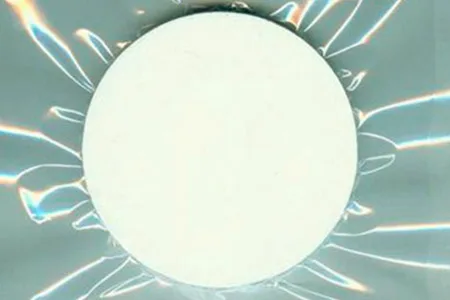| Material Type | Neodymium Gadolinium Oxide |
| Symbol | NdGdO3 |
| Color/Appearance | Various colors, Solid |
| Melting Point (°C) | N/A |
| Theoretical Density (g/cc) | N/A |
| Water Solubility | Insoluble |
| Sputter | RF, RF-R, DC |
| Type of Bond | Indium, |
Neodymium Gadolinium Oxide Sputtering Targets
Neodymium Gadolinium Oxide (NdGaO₃) sputtering targets are advanced materials designed to meet the needs of modern technology applications. With their high-purity and reliable performance, these targets are used in the deposition of high-quality thin films in industries such as semiconductor, optics, and electronics.
Specifications
Purity: 99.9%
Circular Targets: Diameter ≤ 14 inches, Thickness ≥ 1mm
Block Targets: Length ≤ 32 inches, Width ≤ 12 inches, Thickness ≥ 1mm
Key Features and Advantages
High Purity: TFM’s Neodymium Gadolinium Oxide Sputtering Targets come with a purity of 99.9%, ensuring exceptional quality and consistency for reliable performance in thin film deposition.
Customizable Sizes: These targets are available in custom sizes, offering flexibility for different applications, ranging from semiconductor manufacturing to research and development.
Excellent Uniformity: The cold-pressing and sintering process ensures a high-density, uniform target, providing consistent deposition results.
Elastomer Bonding: Targets are elastomer bonded to the backing plate to enhance their durability and handling during sputtering operations.
Vacuum Compatibility: All targets are thoroughly cleaned and carefully packaged to ensure they remain free of contaminants, making them suitable for vacuum deposition environments.
Applications
Ferroelectric Materials: Neodymium Gadolinium Oxide is an ideal choice for use in ferroelectric applications, particularly in the development of non-volatile memories and other advanced electronic devices.
Gate Dielectric: These targets are well-suited for creating gate dielectrics in CMOS (Complementary Metal-Oxide-Semiconductor) technologies, which are widely used in integrated circuits





 Arabic
Arabic Dutch
Dutch English
English French
French German
German Italian
Italian Portuguese
Portuguese Russian
Russian Spanish
Spanish
Reviews
There are no reviews yet.